当前位置:网站首页>Comparison of parameters between TVs tube and zener diode
Comparison of parameters between TVs tube and zener diode
2022-07-05 23:24:00 【ltqshs】
TVS tube And Zener diode , What's the difference !
Zener diode (Zener Diod Zener diode )
A. principle
It works in the state of voltage reverse breakdown , When the reverse voltage reaches and exceeds the stable voltage , The reverse current suddenly increases , The voltage across the diode is constant .
B. classification
From the high and low of voltage stabilization : Low voltage zener diode (<40V); High voltage zener diode (>200V)
From material points :N type ;P type
C. main parameter
① Steady voltage VZ: In the regulated regulator , Reverse working current IZ Next , Corresponding reverse working voltage ;
② Steady current IE;
③ Dynamic resistance rZ ;
④ Maximum dissipation power PZM;
⑤ Maximum stable working current IZmax And minimum stable working current IZmin;
⑥ temperature coefficient at, Higher temperature , The greater the voltage stabilization error .
D. purpose
① Clamp the drain and source
Silicon zener diode Zener circuit , It uses the reverse breakdown characteristic of the zener diode to stabilize the voltage , Because the reverse characteristic is steep , Large current changes , It will only cause small voltage changes .
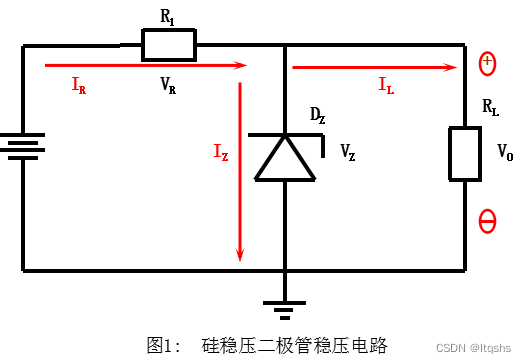
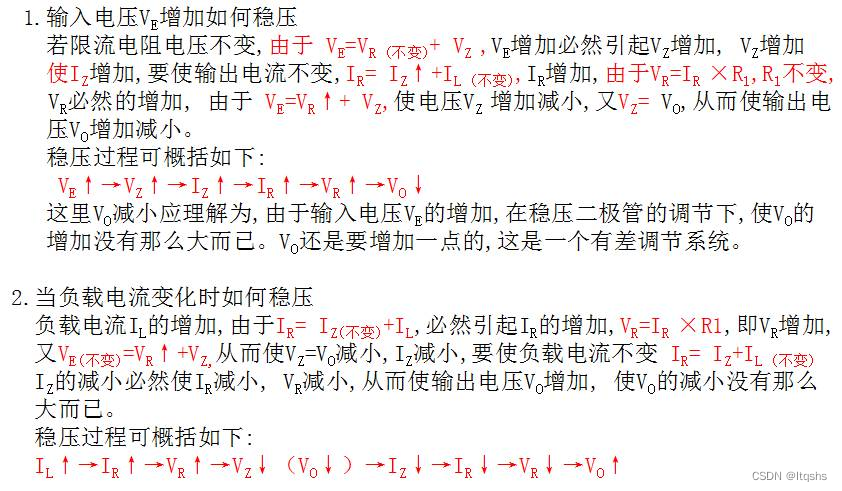
Transient suppression diode is abbreviated as TVS
(Transient Voltage Suppressor)
1. characteristic
Under the specified reverse application conditions , When withstanding a high-energy instantaneous overvoltage pulse , Its working impedance can be immediately reduced to a very low conduction value , Allow large current to pass , And clamp the voltage to a predetermined level , So as to effectively protect the precision components in the electronic circuit from damage . Fast response speed ( by pS level ), Small volume , The clamping voltage is low , High reliability, bidirectional TVS Suitable for AC circuit , A one-way TVS Generally used in DC circuit .
2. classification
According to polarity, it can be divided into unipolar and bipolar .
3. Symbol : Symbol

4. Characteristic diagram of diode
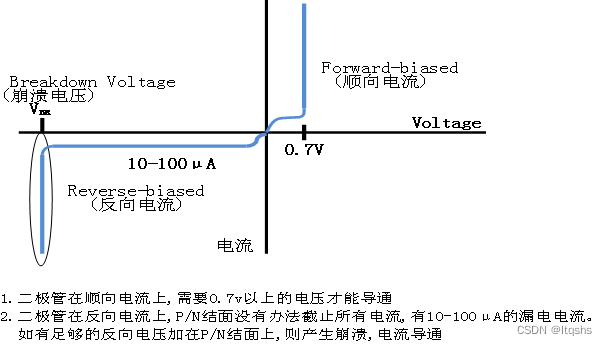
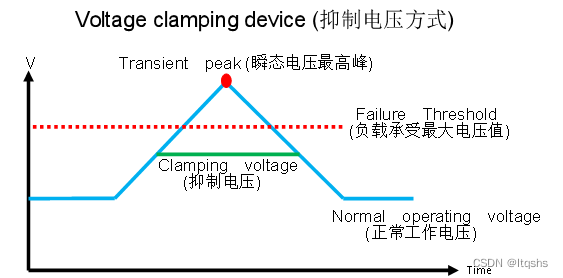
5. Diode suppresses transient voltage 例 Figure and one-way protection figure
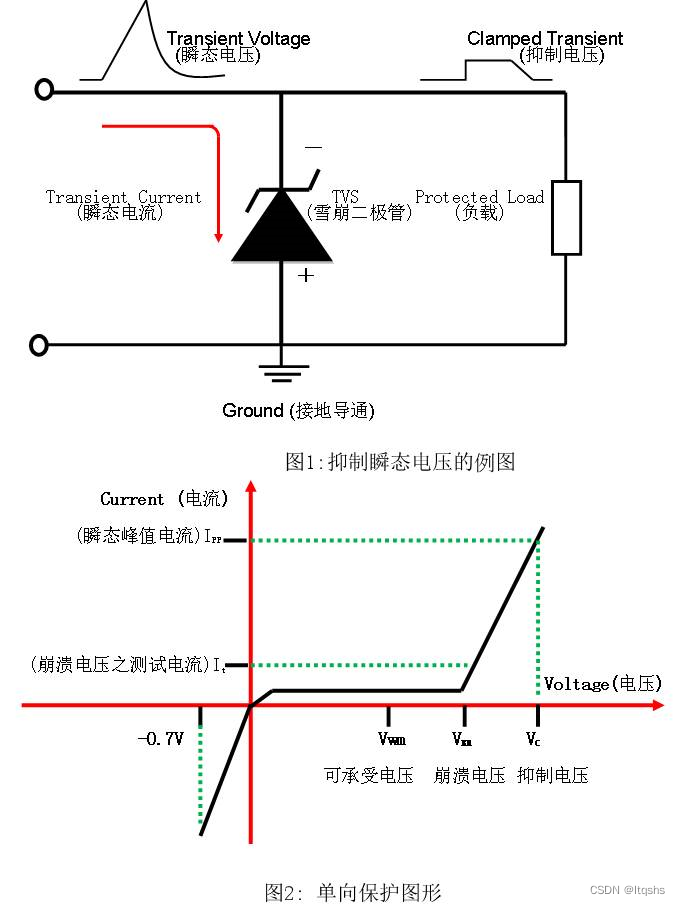
6.TVS Main parameters of
① VBR :Reverse Breakdown Voltage ( The reverse breakdown voltage is the breakdown voltage )
Definition : When TVS Flow through the specified 1mA electric current ( IR ) when , Geodesic TVS Voltage between two poles VBR yes TVS Minimum avalanche voltage .25℃ when , Before this voltage ,TVS Is not conductive , When the transient voltage exceeds VBR , The transient voltage suppression diode will collapse to suppress the transient voltage at a certain level , Provide an ultra-low resistance path for transient current , Let the transient current pass through the transient voltage The control diode is switched off , Avoid being insured Protective element .
② IR: Reverse Leakage Current ( Reverse leakage current )
When the maximum reverse operating voltage is applied to TVS Upper time ,TVS The tube has a leakage current IR, Generally, there are 10-100μA Reverse leakage current . When TVS When used in high impedance circuits , This leakage current is an important parameter .
③VRWM: Maximum reverse operating voltage (Reverse Stand-off Voltage: Bearable reverse voltage ) When the device works in reverse , According to the regulations IR Next , Voltage value at both ends of the device . At this time, the diode is in a non-conductive state , Usually VRWM=(0.8~0.9)VBR. When using , Should make VRWM Not lower than the normal working voltage of the protected device or line .
④ VC(max ): Maximum clamping voltage (TVS diode Clamping Voltage : Suppression voltage )
At pulse peak current Ipp Under action , The maximum voltage across the device is called the maximum clamping voltage . When using , Should make VC(max ) Not higher than the maximum allowable safety voltage of the protected device . The ratio of the maximum clamping voltage to the breakdown voltage is called the clamping factor . namely : Clamping coefficient =VC(max )/VBR The general clamping coefficient is 1.3 about .
⑤ Cj:TVS diodeJunction Capacitance ( Capacitance value of transient diode )
TVS The capacitance is determined by the area of the silicon chip and the bias voltage , The capacitance is zero biased , As the bias voltage increases , The capacitance value shows a downward trend . The capacitance will affect TVS Response time of the device . The larger the capacitance of the transient voltage suppression diode, the greater the interference to the circuit , The greater the noise or attenuation The stronger the signal , For data / The higher the frequency of the signal , The capacitance value shall not be greater than 10pF.
⑥ IPP: Maximum peak pulse current .
When working in reverse , Under the specified pulse conditions , The maximum pulse peak current allowed by the device .
⑦ PPR: Reverse pulse peak power .
TVS Of PPR Depending on the pulse peak current IPP And maximum clamping voltage VC, in addition to , And the pulse shape 、 The pulse time is related to the ambient temperature .
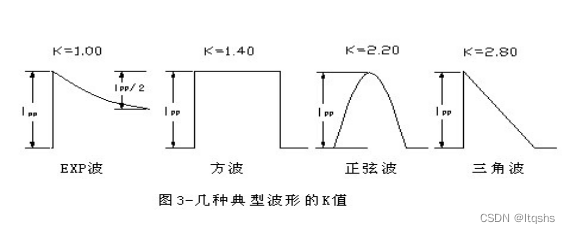
7. Transient suppression diode TVS The naming convention of
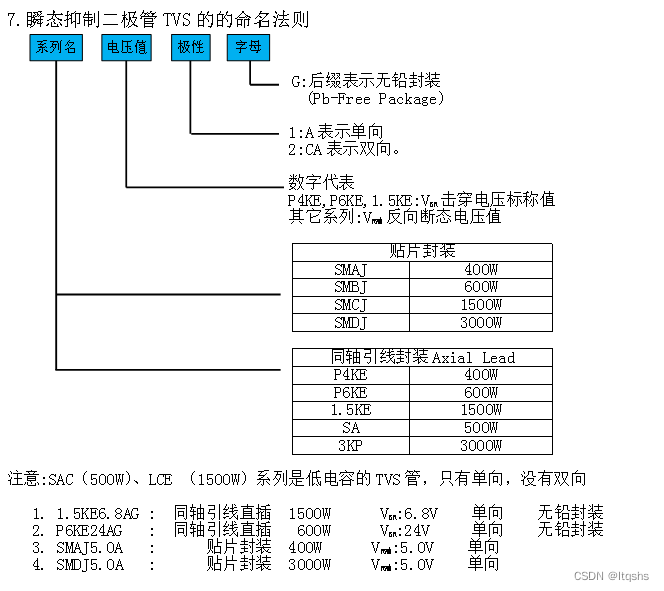
8. Method of detecting diode
With a multimeter R×1k Stop measuring the quality of the pipe :
① For unipolar TVS, According to the method of measuring ordinary diodes , Its positive can be measured 、 Reverse resistance , Generally, the forward resistance is 4k5 about , The reverse resistance is infinite .
② For bi polar TVS, Exchange red at will 、 The resistance between the two pins measured by the black lead should be infinite , otherwise , State that the tube is malfunctioning or has been damaged .
9. TVS Typical examples in circuit applications
Examples of selection in DC :
DC working voltage of the whole machine 12V, Maximum allowable safe voltage 25V( Peak value ), Impedance of surge source 50MΩ, Its interference waveform is square wave ,TP=1MS, Maximum peak current 50A.
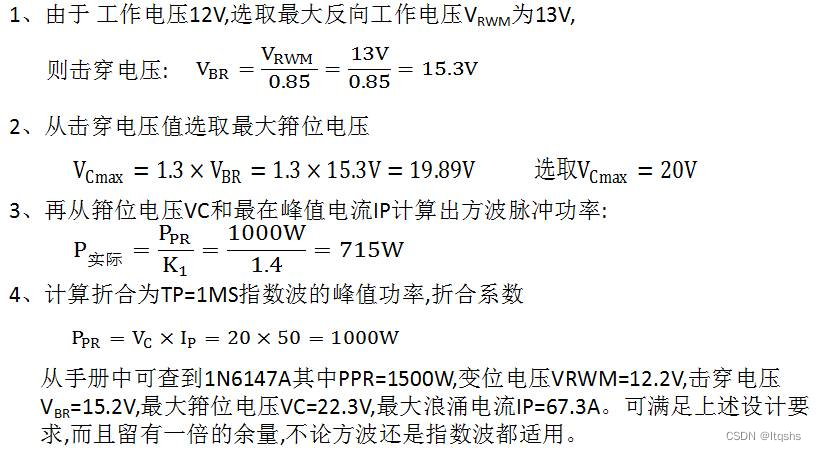
Examples of AC circuit applications :
The DC line adopts unidirectional transient voltage suppression diode , AC must use bidirectional transient voltage suppression diode . AC is the grid voltage , The transient voltage generated here is random , Sometimes I encounter lightning ( Transient voltage generated by lightning induction ) Therefore, it is difficult to quantitatively estimate the instantaneous pulse power PPR. However, the maximum reverse working voltage must be selected correctly . The general principle is to multiply the AC voltage by 1.4 Times to choose TVS The maximum reverse working voltage of the tube . For DC voltage, press 1.1~1.2 Times to choose TVS The maximum reverse working voltage of the tube VRWM. The figure below shows a microcomputer power supply using TVS Schematic diagram of line protection .
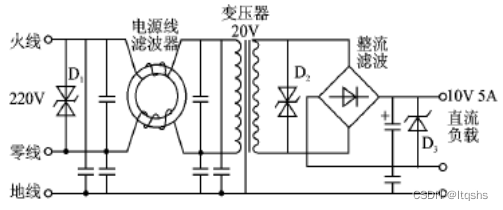
1. In the incoming line 220VAC Add TVS Tube inhibition 220V Peak interference in AC network .
2. Add an interference filter to the incoming line of the transformer , Filter out small peak interference .
3. At the transformer output VAC=20V Add TVS tube , Suppress interference again .
4. To DC 10V Output with TVS Tubes suppress interference .
disclaimer : This article is from the Internet , The copyright belongs to the original author , If involves the work copyright question , Please contact us in time , thank you ! Reference to the original :《TVS tube And Zener diode , What's the difference 》
边栏推荐
- CorelDRAW plug-in -- GMS plug-in development -- new project -- macro recording -- VBA editing -- debugging skills -- CDR plug-in (2)
- Alibaba Tianchi SQL training camp task4 learning notes
- 媒体查询:引入资源
- Golang code checking tool
- Hj16 shopping list
- 基于脉冲神经网络的物体检测
- There are 14 God note taking methods. Just choose one move to improve your learning and work efficiency by 100 times!
- Shell: operator
- Hainan Nuanshen tea recruits warmhearted people: recruitment of the product experience recommender of Nuanshen multi bubble honey orchid single cluster
- The method and principle of viewing the last modification time of the web page
猜你喜欢
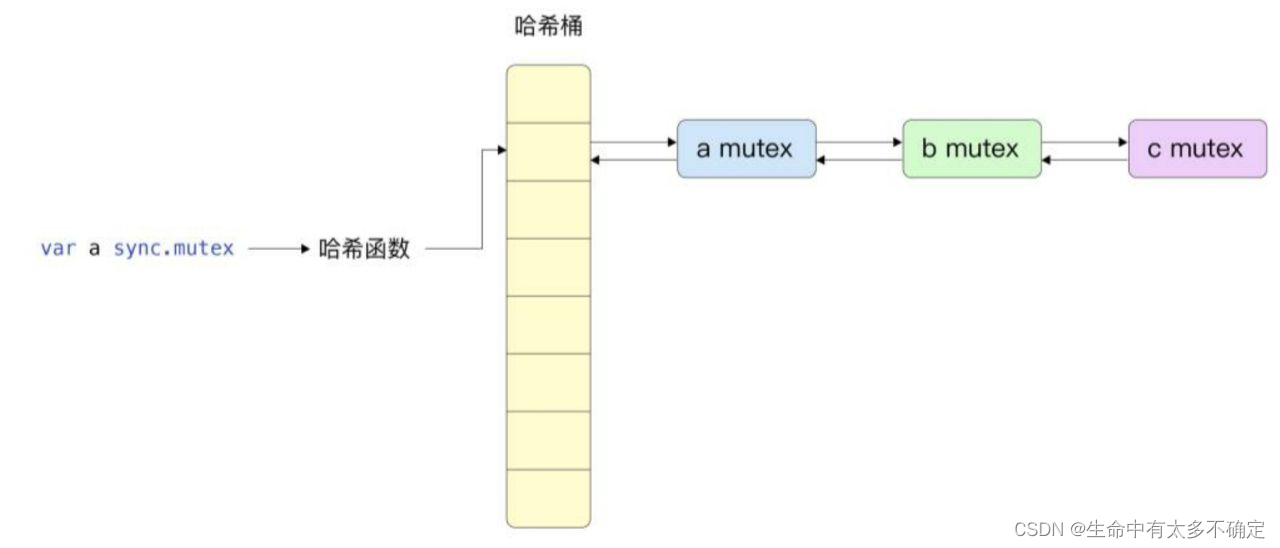
Go language implementation principle -- lock implementation principle
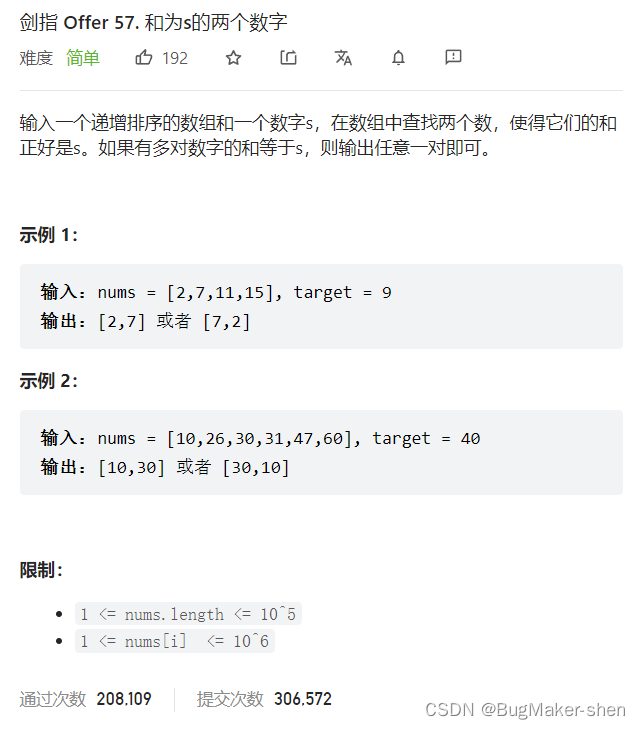
Sum of two numbers, sum of three numbers (sort + double pointer)
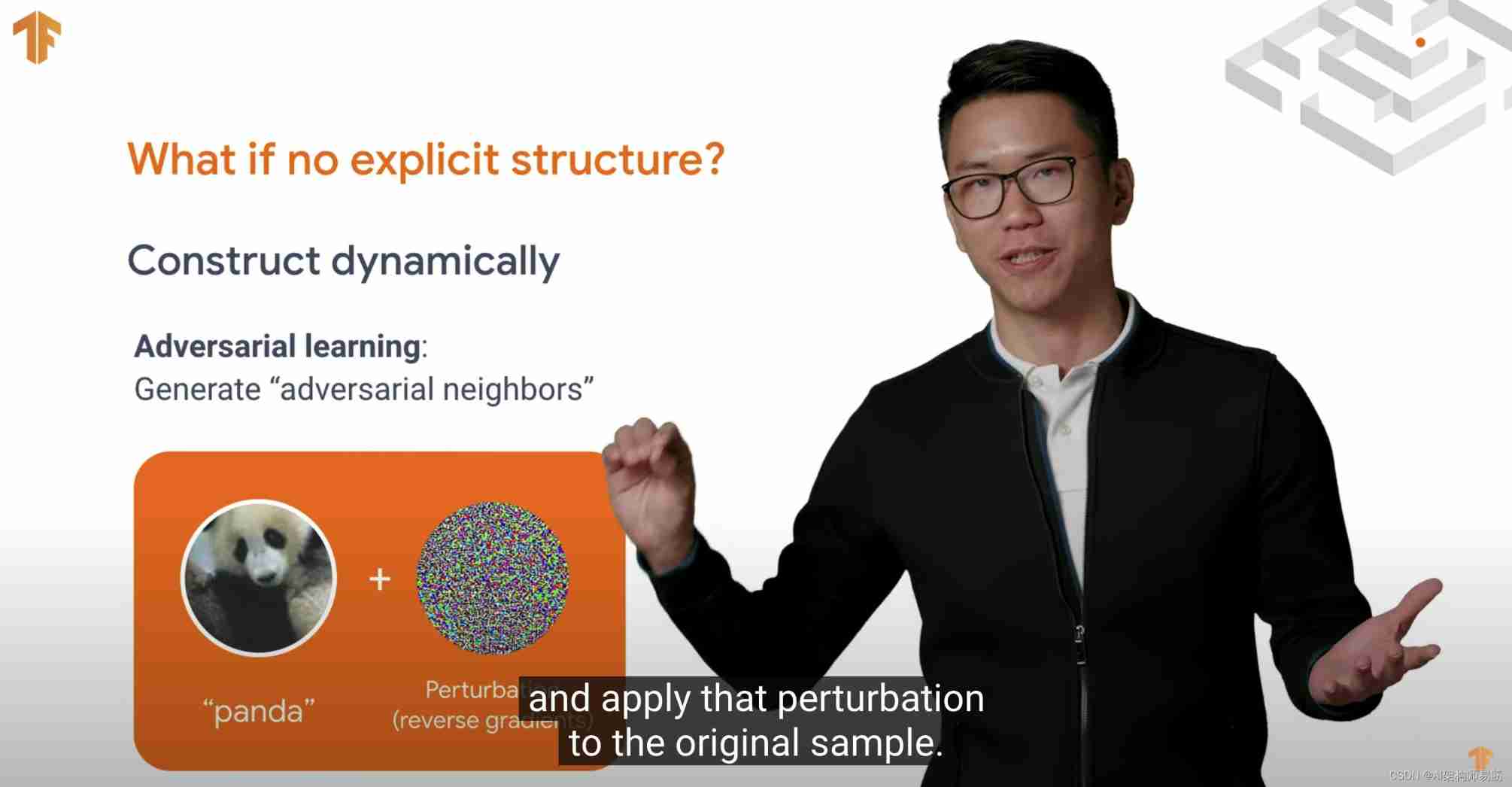
Neural structured learning 4 antagonistic learning for image classification

Go语言实现原理——锁实现原理

Initial experience | purchase and activate typora software
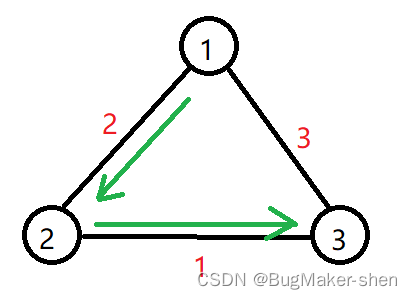
Practice of concurrent search
![[original] what is the core of programmer team management?](/img/11/d4b9929e8aadcaee019f656cb3b9fb.png)
[original] what is the core of programmer team management?
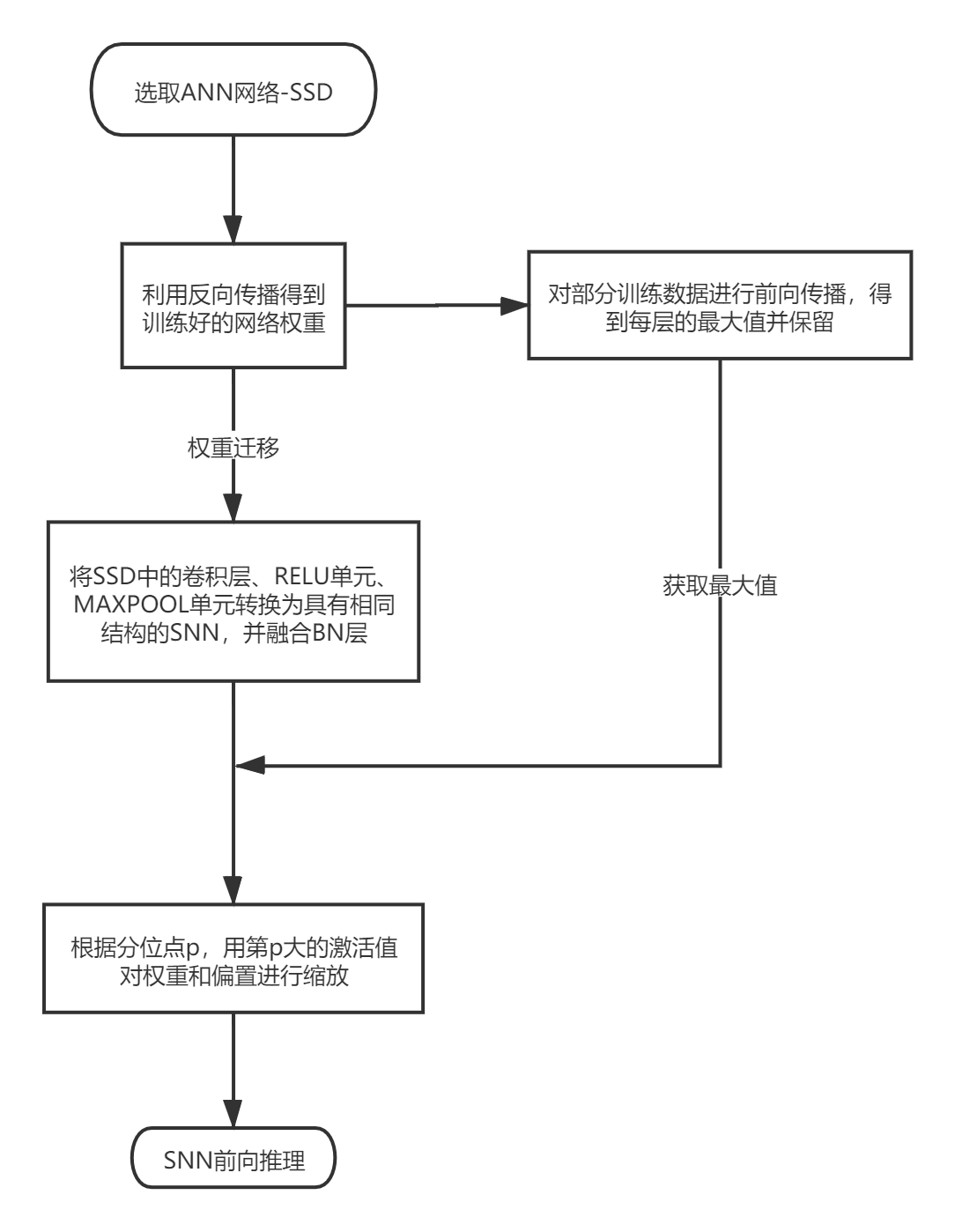
基于脉冲神经网络的物体检测
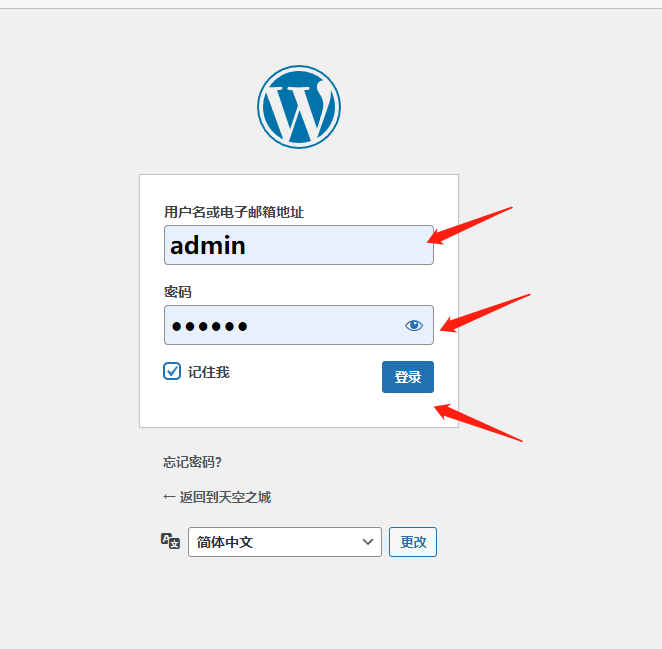
Using LNMP to build WordPress sites

February 13, 2022-4-symmetric binary tree
随机推荐
From the perspective of quantitative genetics, why do you get the bride price when you get married
asp. Net pop-up layer instance
The maximum happiness of the party
Pyqt control part (I)
TVS管和ESD管的技术指标和选型指南-嘉立创推荐
Three. JS VR house viewing
帶外和帶內的區別
2.13 summary
UVA – 11637 garbage remembering exam (combination + possibility)
poj 2762 Going from u to v or from v to u? (推断它是否是一个薄弱环节图)
开关电源Buck电路CCM及DCM工作模式
Selenium+Pytest自动化测试框架实战
Data analysis - Thinking foreshadowing
Getting started stm32--gpio (running lantern) (nanny level)
Fix the memory structure of JVM in one article
3D point cloud slam
证明 poj 1014 模优化修剪,部分递归 有错误
Use of grpc interceptor
yate.conf
MySQL (2) -- simple query, conditional query